‘It’s just magnificent’: What to know about Glacier National Park
Long before it became Glacier National Park, the park says, the Kootenai called the area “Ya·qawiswit̓xuki, meaning ‘the place where there is a lot of ice.’ ”
There’s still ice. The park is home to about two dozen glaciers. But there are also beautiful bodies of water.
Of all the things that make Glacier special, if its public information officer, Gina Icenoggle, had to pick one, she said, “I think it would be the pristine waters, including our rivers and lakes, and how clear and clean they are."
"When you hike to a lake, it’s just magnificent. The rivers that you walk along or that you drive along are magnificent. The waterfall. The water's just amazing.”
The park is careful about keeping it that way.
“We are the headwaters of three major watersheds,” Icenoggle said. “If an invasive species gets in these waters, then it can potentially pollute the whole system, several watersheds all the way from the Pacific to the Atlantic to the Gulf (of Mexico) … and up into Canada.”
Visitors, particularly boaters, need to be mindful. Here’s what else travelers should know about Glacier, the latest national park in USA TODAY’s yearlong series.
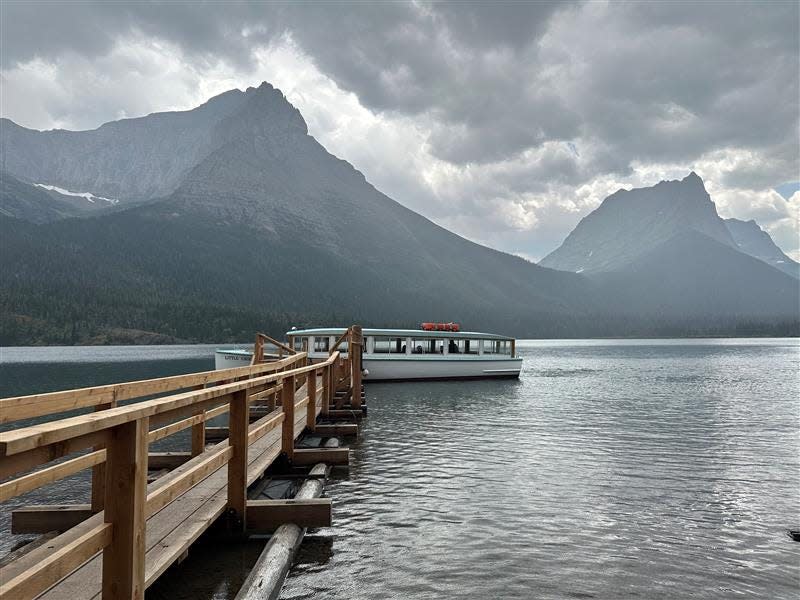
Where exactly is Glacier National Park?
Glacier National Park covers more than 1 million acres of northwest Montana. Blackfeet Indian Reservation borders it to the east, Flathead National Forest to the southwest and Canada’s Waterton Lakes National Park to the north.
The nearest airport is Glacier Park International Airport in Kalispell, Montana. Some travelers fly into Missoula and Great Falls, which are much farther away. Spokane International Airport in Washington is the largest airport within a day’s drive.
Another option is to take Amtrak’s Empire Builder. But travelers should note the train drops them off outside the park, and there are no park shuttles to and from the train stations, though some lodges may provide transportation for guests.
“People don't realize that once you get here, you don't just call Uber,” Icenoggle said. “We’re the wilderness.”
Can you drive your car through Glacier National Park?
Because of weather and road conditions, you can drive through Glacier National Park only during a few months of the year.
A significant stretch of the park’s famous Going-to-the-Sun Road doesn’t open until mid- to late June. Last year, it didn’t open until mid-July. It closes again around mid-October, or sooner, depending on snowfall.
“Definitely check the status for whether or not the Going-to-the-Sun Road is even open yet,” Icenoggle said.
Because of its popularity, reservations are required to drive along Going-to-the-Sun Road throughout the summer.
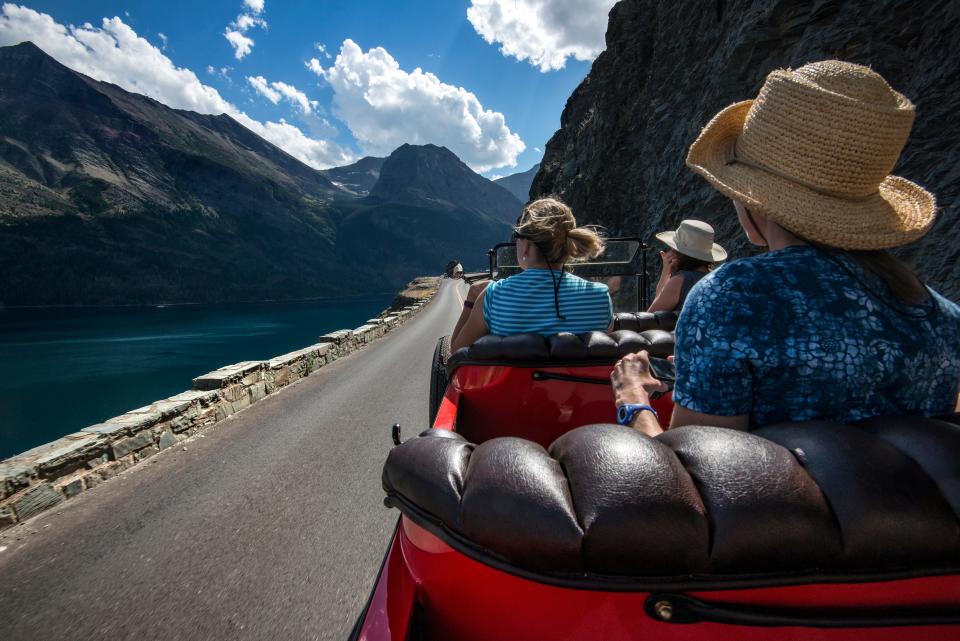
What is the best month to visit Glacier National Park?
“If they're coming to see Going-to-the-Sun Road, they have to come when it's open, so I would book late June through September,” she said. “But definitely check the weather reports. We can get snow in September. So the earlier in September that you can come, the better.”
She loves autumn in the park and notes that the leaves are just starting to change color.
Spring is another good time to visit, when Going-to-the-Sun Road is still closed to cars but open to bikes and hiking.
“Glacier has become somewhat of a biking park, especially since the e-bikes have been allowed in the national parks,” she said. “People who typically aren't big bicyclists can get an e-bike and at least ride a portion of the road. The thing to know is you’ve got to make sure and check where the closures are because we will have avalanche closures in place."
Portions of Going-to-the-Sun Road also close so crews can clear the roads. Park conditions and closures can be found on Glacier’s website.
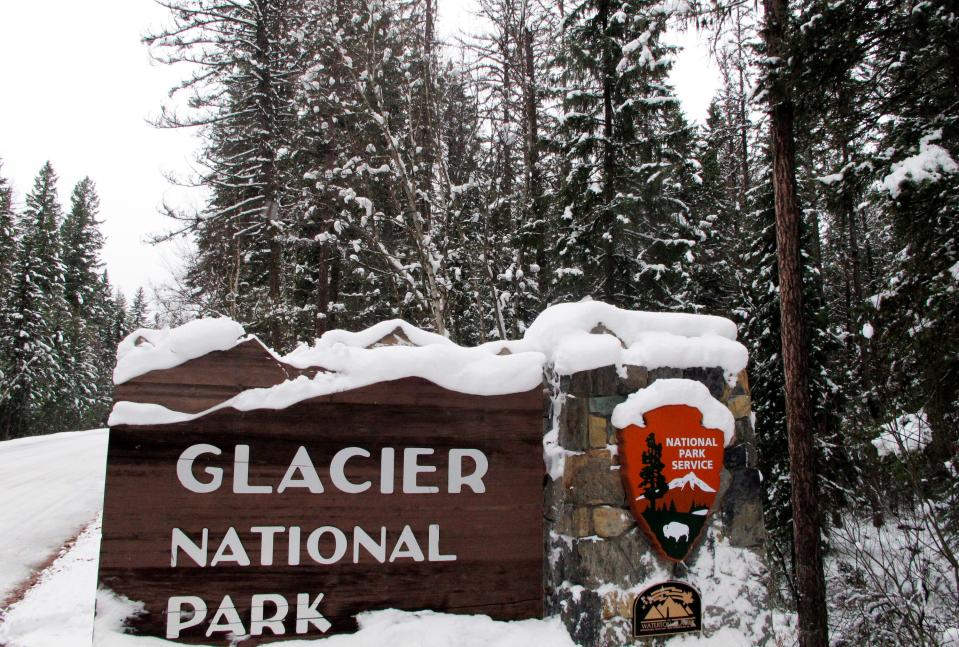
Do you need a reservation to get into Glacier National Park?
Going-to-the-Sun Road isn’t the only place visitors need a vehicle reservation.
Through Sunday, Sept. 10, reservations are also required for vehicles and motorcycles entering the park through its North Fork, Two Medicine and Many Glacier entrances between the hours of 6 a.m. and 3 p.m.
“You really have to be prepared in advance,” Icenoggle said. “That would be the biggest thing I've made sure visitors know, because it's so disappointing when they decide ‘Hey, let's fly to Glacier for the weekend and go see the park,’ and they get here and they can't get in because they don't have a reservation.”
Reservations also are required for backcountry wilderness camping, some campgrounds and certain ranger-led activities. Though not required, reservations are highly recommended for lodges, which fill quickly.
National park reservation requirements: See which parks require timed entry
How many days do you need in Glacier National Park? Are two enough?
The east and west sides of Glacier National Park are very different, so visitors want at least two days to see both.
“Four days would be ideal because you could spend two days on this side and the two days on the other side,” Icenoggle said.
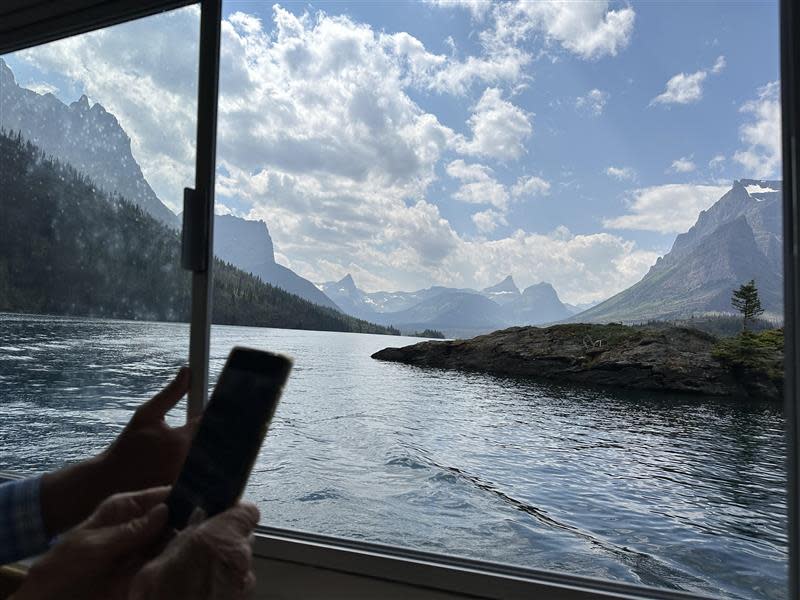
Can you see the northern lights at Glacier National Park?
“You can as long as the weather is cooperating,” she said. “You know how the northern lights are − they show up when they want to. We do have people who have taken some spectacular photos of northern lights in the park.”
Did Native Americans live in Glacier National Park?
“Physical evidence of human use dates back more than 10,000 years within the boundaries of Glacier National Park,” according to its website. “Numerous Native American tribes utilized the area around and within what is now the park for hunting, fishing, ceremonies, and gathering plants.”
They include the Blackfeet Nation, whose reservation lies to the east of the park, and the Confederated Salish and Kootenai Tribes of the Flathead Reservation. Icenoggle also noted historic ties to the Blackfoot Confederacy, which includes tribes in Canada.
What else should visitors know about Glacier National Park?
“The elevation change between West Glacier to the alpine area is pretty drastic, and with that change in elevation can come a change in weather,” Icenoggle said. “It can be so foggy at the top that it's like condensation in your hair. It can be snowing.”
She again advised checking the weather before heading out.
Contributing: Jayme Fraser
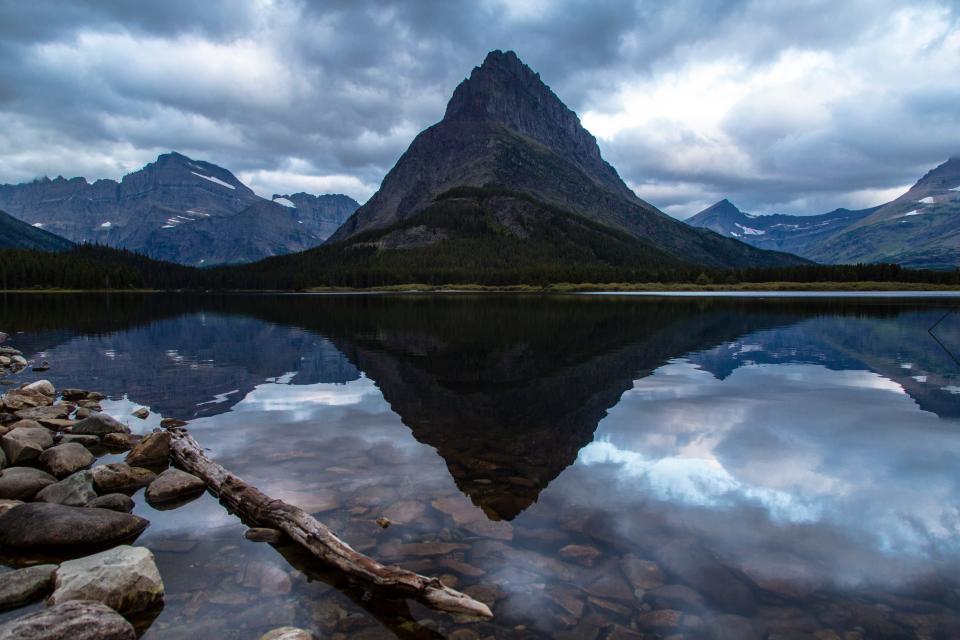
This article originally appeared on USA TODAY: Why is Glacier National Park so special? It’s not just the glaciers

